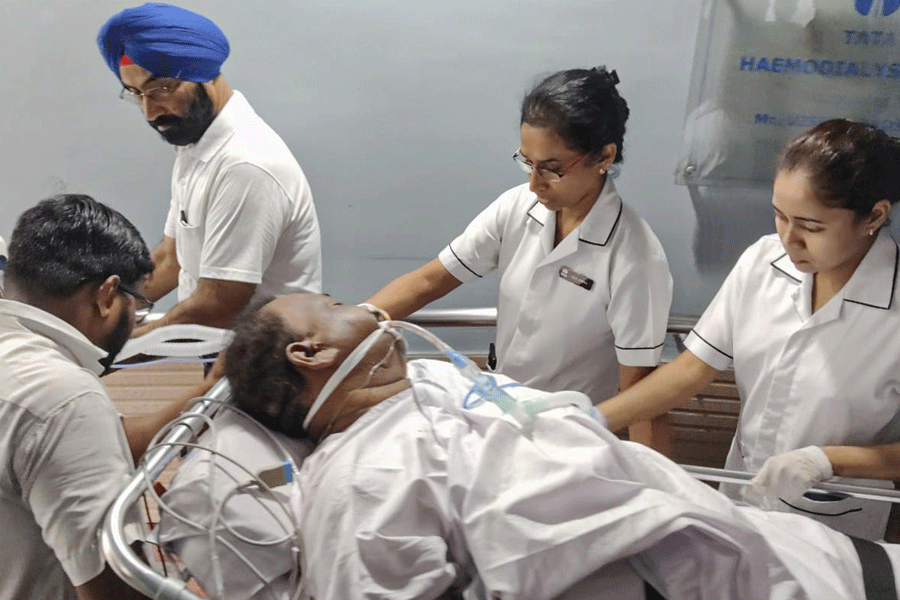Calcutta, July 26: When the boy first noticed a rash on his right arm, he did not pay much heed to it. But when the rashes began to spread in a line on his skin, from the back of his hand to the elbow, and then to the shoulder, Vinay was worried.
His perplexed parents took him to hospital, where a dermatologist found that the boy was not suffering from any ordinary skin infection.
Tiny worms had, somehow, penetrated his skin and were creating havoc inside his body.
From their natural hosts in animals to the human skin, worms known as the “cutaneous larvae migrans” (CLM), a variety of roundworms that “migrates” inside the body, are causing concern among city-based dermatologists.
Found with the onset of monsoon mostly in the skin of animals and their faeces — in worst cases, the gastro-intestinal tract of the human body — in increasing numbers, these worms are trying out the human skin as their host.
“There was a time when we would never hear of these worms coming anywhere near human beings in city areas. But of late, we have been treating a number of cases from upmarket localities in the city, where children have been the worst sufferers,” says Sachin Verma, dermatologist at the Apollo Gleneagles Hospitals.
The worms get inside the sub-cutaneous layer, either in the legs or the hands, and slowly make their way through the skin, moving and eating into the skin, causing inflammation and rashes.
“At times it can be fatal, because the worms tend to get to the lungs. These tiny bugs must be stopped quickly,” said dermatologist Subrata Malakar.
To make matters worse, CLM invasion cases in the city have been wrongly diagnosed by many doctors as skin infections, lesions or some kind of allergy.
“All sorts of medicines and ointments have been tried out by doctors, but to no avail. It only needs a proper clinical diagnosis to know that the rashes are caused by worms,” Verma explains.
Dermatologists explain that CLM worms mostly breed in open fields and in places where animal faeces are dumped in huge quantities and water accumulates for days.
Experts say that earlier, the prevalence rate of CLM cases among humans would be restricted to farmers.
So, they were surprised that the number of cases in the city is on the rise. At the moment, at least five-seven cases of CLM attacks are reported by city-based dermatologists every month from their individual chambers.
The bigger hospitals, too, have been reporting a rising graph of CLM cases.










